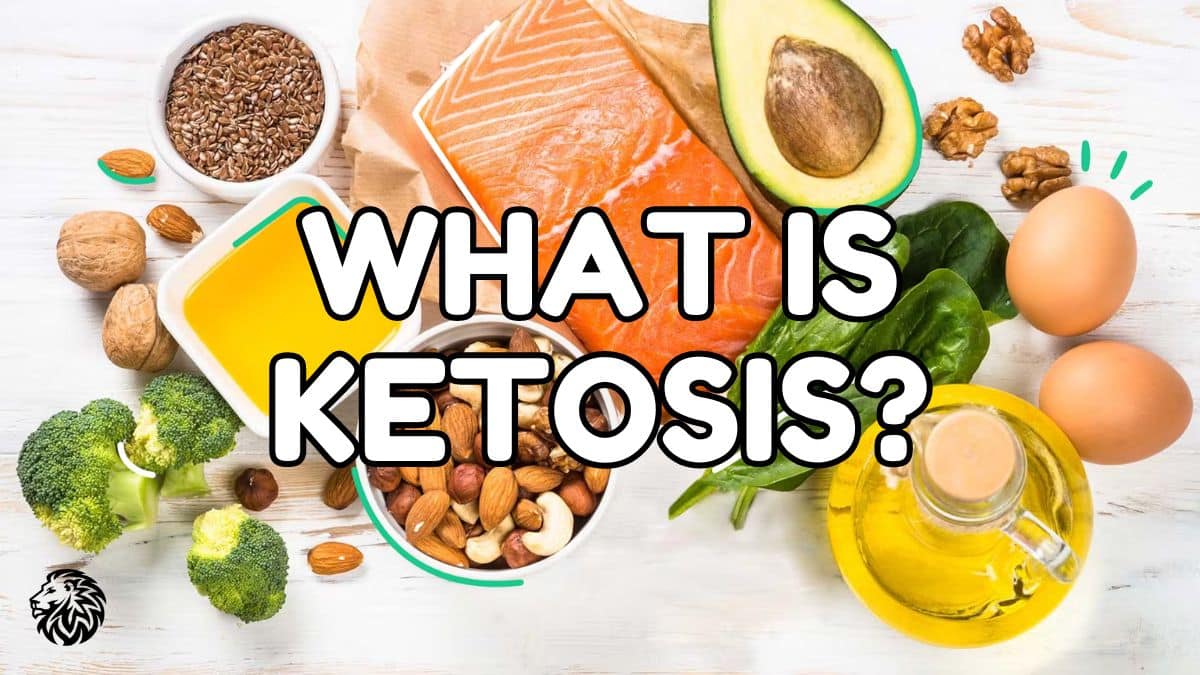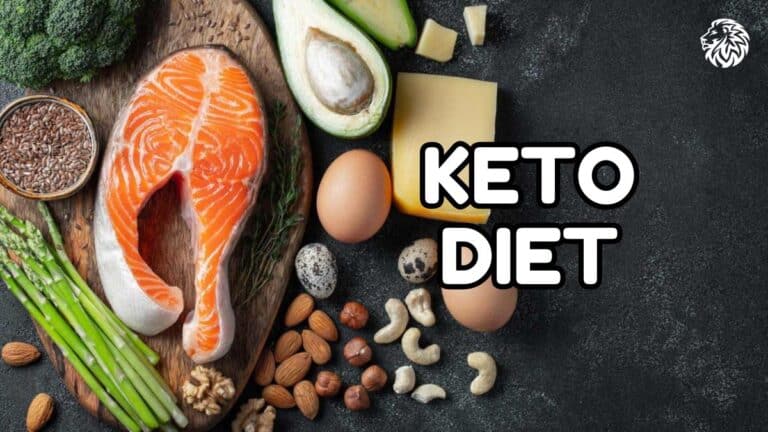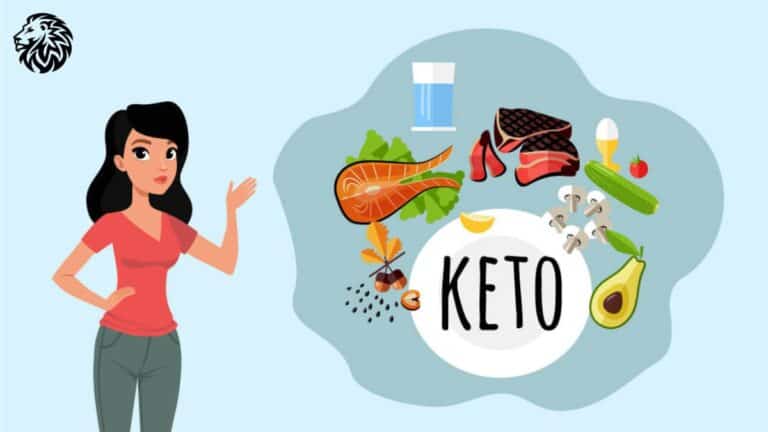Ketosis is a metabolic state that has gained significant attention in recent years, especially among those interested in weight loss and improving their overall health. But what exactly is ketosis, and how does it benefit the body? This blog post will provide an in-depth look at the process, how it works, and why many people are turning to ketosis as a healthier fuel source for their bodies.
What Is Ketosis?
Ketosis is a natural metabolic state that occurs when the body starts burning fat for energy instead of glucose. Typically, our bodies rely on glucose, which comes from carbohydrates and sugar, as their primary energy source. However, when you go without consuming glucose for around 10-12 hours, your body begins producing compounds called ketones from fat, which then become the main source of energy. This shift marks the beginning of ketosis.
The key to achieving ketosis is reducing or eliminating your intake of glucose. For many people, this can be done by following a low-carbohydrate diet or fasting for extended periods. Once the glucose supply runs low, the body turns to fat stores for energy, which leads to the production of ketones.
How to Test for Ketosis
One of the easiest ways to determine whether you are in ketosis is by testing your ketone levels. You can purchase ketone strips at most drugstores, which test your urine for the presence of ketones. These strips change color based on the concentration of ketones in your system. A light purple shade indicates mild ketosis, while a darker purple shows that you’re in a more intense state of fat burning.
Using ketone strips can help you gauge how well your body is transitioning into ketosis and whether you’re burning fat effectively. If you see a dark purple result, you’re likely burning fat at a high rate. While urine strips are an easy and affordable way to measure ketosis, other methods include blood ketone meters or breath analyzers for more accurate readings.
The Transition Period: What to Expect
Shifting your body from relying on glucose to using fat as its primary energy source isn’t an overnight process. It can take anywhere from three days to six weeks for your body to fully adjust. The length of time it takes depends on how long your body has been dependent on glucose, and how quickly it can create new machinery in your cells to efficiently use fat as fuel.
This transition is similar to converting your home from running on coal to electric power. Just as you’d need to install new equipment to switch from coal to electric heating, your body also needs time to create the internal mechanisms that enable it to run on fat instead of sugar.
Many people experience an adaptation period often referred to as the “keto flu.” During this phase, you might feel fatigued, experience headaches, or notice mood swings as your body adjusts to burning fat. However, once you complete this transition, most people report feeling significantly better.
The Benefits of Running on Ketones
Once your body successfully enters ketosis, you’ll likely notice several positive changes. First and foremost, your blood sugar levels will become more stable. Without the highs and lows caused by glucose spikes, you’ll experience more consistent energy throughout the day. This also means you won’t experience those mid-afternoon crashes that often come after a high-carb meal.
Your brain is one of the biggest beneficiaries of ketosis. The brain can run more efficiently on ketones than on glucose, resulting in improved focus, sharper memory, and better overall cognitive function. You may feel more level-headed and mentally clear, which is a huge advantage for many people, especially those dealing with brain fog or concentration issues.
In addition to mental clarity, ketones provide a cleaner fuel source for the body. Unlike sugar, which can create a “dirty” burn and lead to inflammation, ketones offer a smoother, more efficient way for the body to produce energy. This reduces complications like inflammation and oxidative stress, which are linked to numerous health issues.
Returning to the Body’s Original Fuel Source
Our bodies are designed to run on ketones. In fact, for most of human history, people relied on ketones as their primary source of energy. Long before the widespread availability of sugary foods and snacks, humans ate far fewer carbohydrates and went long periods without food. As a result, their bodies naturally burned fat for fuel.
It’s only in recent times that we’ve shifted to consuming large amounts of sugar and processed carbs, forcing our bodies to run on glucose instead of ketones. This change has led to a variety of health problems, including weight gain, diabetes, and metabolic disorders. By returning to a state of ketosis, you’re helping your body revert to its original, more efficient way of processing energy.
Many people who try ketosis say they’ll never go back to relying on sugar for energy. Once they experience the benefits of ketosis, such as improved mental clarity, better energy levels, and easier weight management, they find it difficult to imagine returning to a glucose-based diet.
Muscle Mass and Ketosis
One concern that often comes up with people new to ketosis is whether they will lose muscle mass. The good news is that ketosis protects your muscles. Unlike diets that are high in carbohydrates and lead to insulin spikes, ketosis ensures that your body preserves its protein stores. Instead of breaking down muscle tissue for energy, your body focuses on burning fat.
This is one of the reasons why ketosis is favored by athletes and fitness enthusiasts. Not only do they preserve their muscle mass, but they also improve the health of their ligaments, tendons, and collagen. Over time, many people on a ketogenic diet actually notice an increase in muscle mass, even if their weight remains the same. This is because muscle weighs more than fat, so while the scale might not reflect a significant change, your body composition will.
Measuring Progress Beyond the Scale
When it comes to tracking your progress on a ketogenic diet, the number on the scale isn’t always the most reliable indicator. That’s because muscle weighs more than fat, so you might not see a significant drop in weight even as you lose fat and build muscle.
Instead of focusing solely on the scale, consider using ketone strips to measure your level of ketosis, or take weekly measurements of your waist. This will give you a more accurate picture of your fat loss. After all, a flat stomach and toned muscles are far more important than a lower number on the scale.
The Role of Fluid in Weight Loss
One of the initial effects of ketosis is a loss of excess fluid. This happens because sugar in the body holds onto water. When you cut out sugar, your body no longer retains this fluid, leading to a noticeable drop in weight, especially in the first week. Some people lose up to 10 pounds in just seven days, but most of this initial weight loss is water, not fat.
As your body continues to burn fat, you’ll notice more gradual, sustainable weight loss. A healthy body can burn up to two pounds of fat per week. Any more than that is typically fluid loss, especially in the beginning stages of ketosis.
Conclusion
Ketosis offers a healthier, more efficient way for your body to generate energy. By cutting out glucose and turning to fat as your primary fuel source, you can enjoy benefits like stable blood sugar, improved mental clarity, and better overall health. While the transition period can take a few weeks, the long-term advantages of ketosis make it a worthwhile journey for those looking to improve their well-being.
Tracking your progress with ketone strips and waist measurements can provide a more accurate picture of fat loss than focusing solely on the scale. Additionally, ketosis protects your muscle mass, allowing you to lose fat while maintaining or even gaining muscle.
Ultimately, ketosis is about returning to the body’s original way of fueling itself, and many who make the switch never look back. With improved energy, mental clarity, and sustainable weight loss, ketosis may be the key to unlocking your body’s full potential.







